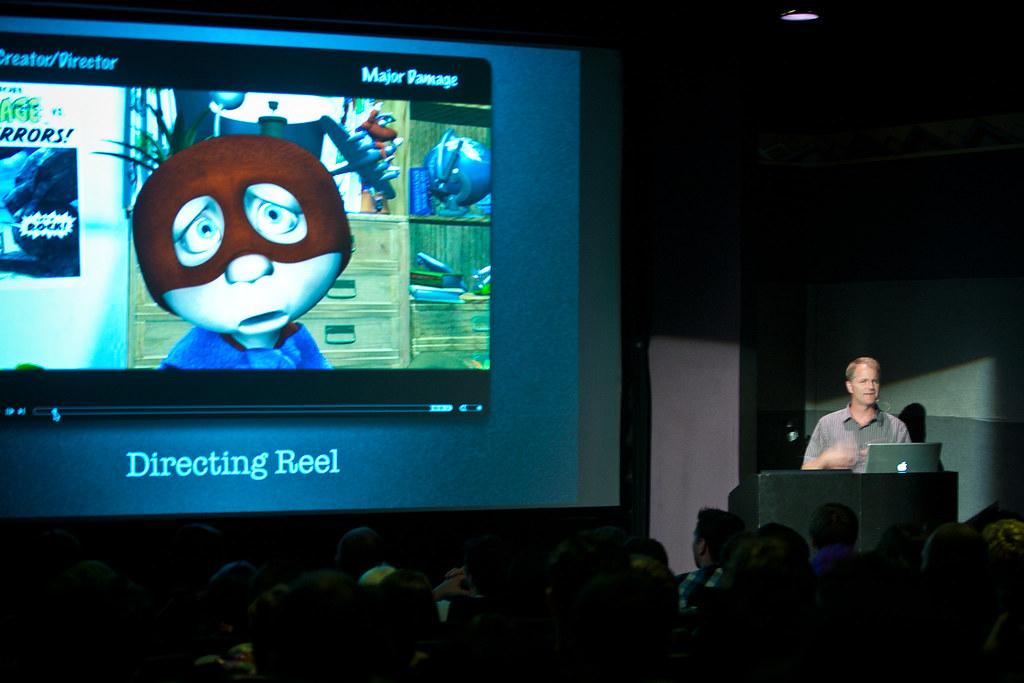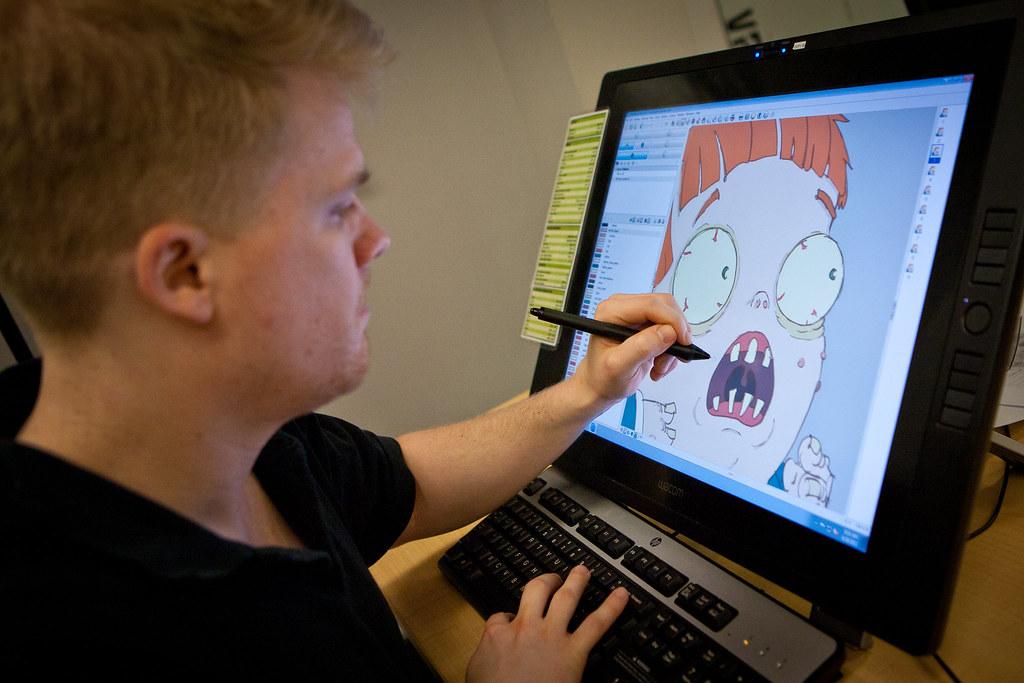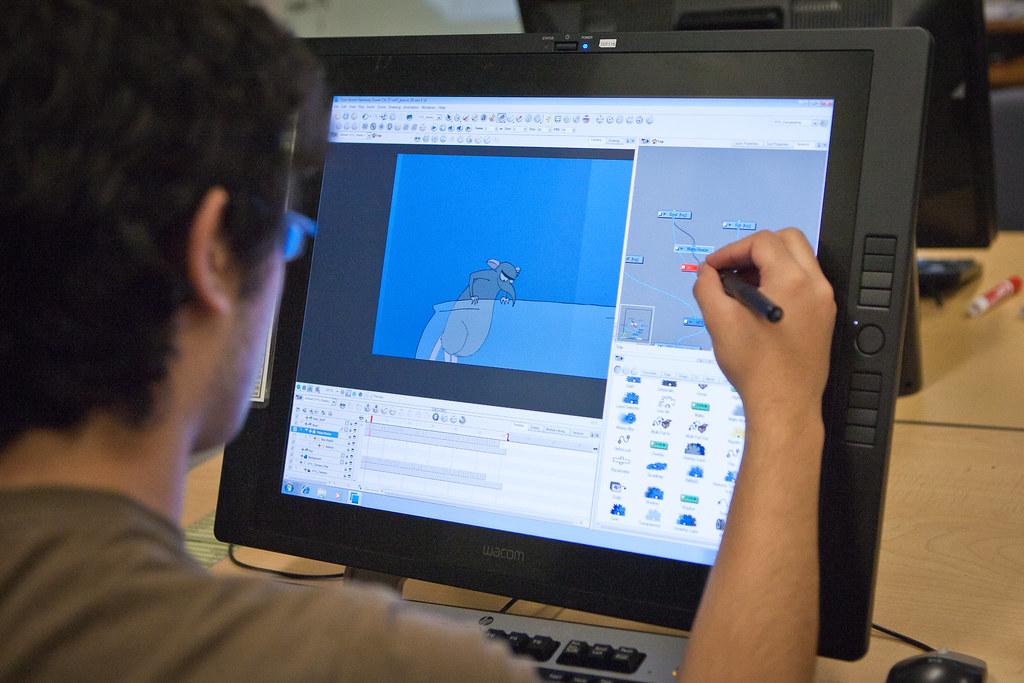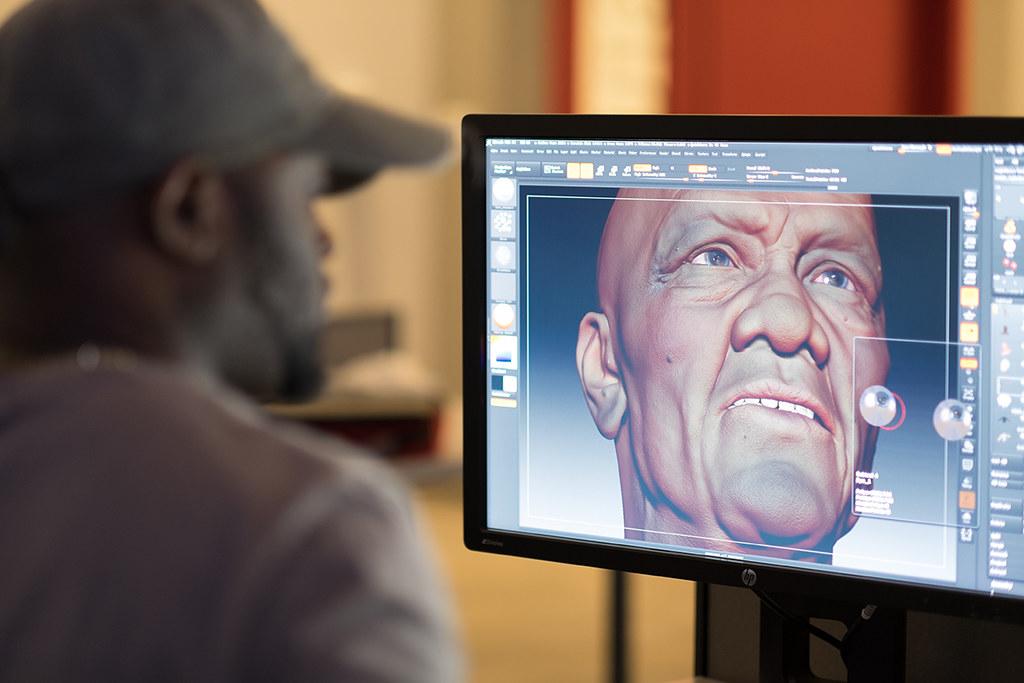With technology rapidly growing across many mediums and the increasing demand for original, fresh content, skilled animators are desired.
Animation is a fast-paced and exciting field to work in, where you turn a series of still images into animated, moving sequences.
Many youngsters are fond of this career as they can have a chance to work on various platforms, from advertising and gaming to films, TV shows, and fashion.
We’ve put together a detailed guide on how to be an animator, including the primary steps to kick start an animation career. Don’t miss out on it!
What Is an Animator?
If you love arts and wish to make this hobby a profession, animation appears to be a perfect sea for you. Before deciding, you should be well aware of what duties animators are in charge of.
Generally, animators use computers and animation software to create two- and three-dimensional animation for mobile media, gaming, video, film, and websites.
Typical responsibilities can include:
- Execute and comprehend requirements from the supervisor or team leader.
- Conceptualize and brainstorm ideas to generate concept sketches (sometimes with concept edits)
- Produce mock-ups and prototypes of new products
- Cooperate with other producers, animators, and clients
- Receive and give creative, constructive feedback among teams
- Utilize both motion capture data and manual key animation to produce pro-quality animations
- Come up with the best tactics to incorporate three-dimensional components into the final commercial products
- Create expressive animation characters portraying various emotions
How To Become an Animator
In this hearty part, we’ll cover the job map you need to follow to become a successful animator, involving seven key steps:
1. Understand Animation
Like any other job, you have to love and understand animation and its work before indulging in it.
First, it’s essential to learn about the history and background of the segment you intend to major in.
Do you know how, where, and when animation came into existence? Do you know which movies act as the keys to this art’s evolution?

If you start everything from scratch, studying the root is necessary. Read as much as possible, from music videos and documentaries to features and shorts.
There are loads of books showing you the fundamental principles of timing and drawing. And we suggest starting with the Animator’s Survival kit.
Plus, you need to identify what projects you prefer to join and, if you’re interested in making, experimenting with various methods of producing moving images.
For example, motion graphics, 3D, stop motion, pain, draw, or anything. Try researching different software and techniques and see if you love them.
Should you dream of being a manually-drawn 2D animation designer, drawing everything in life is an excellent way to build your skills for creating figures.
2. Earn A Bachelor’s Degree
Background education may not entirely determine your career prospect, but it’s one of the initial steps to obtaining a job.
Today, most animator and multimedia artist positions require candidates to have a bachelor’s.
You should choose an animation program based on your existing skills, prior education, and individual career targets.
It’s possible to choose between bachelor’s and associate’s degree programs or go for non-degree programs, such as diploma and certificate ones.
Degree programs generally offer a larger-scale education, covering advanced courses besides foundational ones.
Meanwhile, non-degree curriculums may require prior knowledge or skills in particular areas and narrow them down to specific specialties.
Ensure to choose a program suitable for your current conditions, giving you first-hand practice with relevant technologies and taught by experienced experts.
3. Develop Your Skills
The decisive factor determining your career prospect is not a great course, degree, or instructor but your hard work and willingness to develop yourself every day.
Apart from the fundamental skills of art, editing software, and animation, you need to build observation and acting techniques.

Teamwork is also a big one. Large-scale projects will call for a lot of collaboration, so prepare to welcome critique, feedback, and teamwork.
You’ll work with five primary kinds of animation in the professional term: stop motion, motion graphics, 2D, 3D, and celluloid.
Accumulating and developing different skill sets can help you become an all-rounder and nurture your unique style.
It’s a good idea to start with practicing sketching and drawing realistic images. This step will lay a solid foundation for your improvements down the line.
Now, let’s talk about observation. It would help if you took up a habit of paying attention to tiny details, which you can surprisingly recreate in animations.
4. Create A Portfolio
A secret way to impress recruiters is to show off an outstanding portfolio. Ask any professional in the industry how to earn an animator position, and they’ll answer precisely the same.
We highly recommend animators host an online portfolio as you can create a segment for a brief demo reel and have more space for work samples.
Remember to include a short recap of what you’ve achieved, what projects you joined, and your career goals in every line you share.
Ensure to mention your best achievements and update your reel and portfolio whenever you’ve created new stronger pieces.
A contact address and brief introduction of your interests and background are necessary parts of your resume and on your website.
You can also consult your instructors for advice and feedback or review other animators’ portfolios online to create an impressive portfolio.
5. Gain Professional Experience
Most recruiters would pay more attention to artists with long-term experience. Why? Because the more experienced you are, the more flexibly you can handle arduous tasks.
A significant advantage of this field is that there are many ways to gain on-the-job experience.
Usually, students supplementing their education with a bachelor’s program can gain hands-on experience by joining an internship (a requirement for their graduation).
Artists and graduates without a degree education will typically have to start from assistant positions. After a while, they will have a chance to advance to qualified positions.
You can also consider freelance jobs for further developing skills and valuable practical experience.

If you are totally new to this field, we advise you to delve into jobs with similar duties or tasks to typical animators, including:
- Edit animations to match visuals
- Conduct research for motivation and ideas on designs
- Create visual effects and illustrations
- Cooperate with other artists
Enterprising artists can find chances to offer animation services at local places, like community groups, small businesses, non-profits, or schools.
In particular, they will help these organizations enhance their websites and create a short film using animations.
Voluntary professional projects can also score a plus point on your demo reel or resume regarding experience.
6. Consider Graduate Training
Suppose you wish to promote your technical and creative skills further. In that case, it’s a good idea to register for a master’s degree program to be ready for senior-level responsibilities and positions.
Experienced artists often go for the Master of Fine Arts program, which focuses on visual effects. They can develop mastery of storytelling with 3D and 2D designs.
Besides, more advanced computer education enables artists to generate fresh ideas by joining collaborative team networks and projects.
You can also have a chance to learn from talented artists in the game design and film industries about workshops and lectures.
7. Stay Relevant and Proficient
Working in such a creative field requires you to always catch up with current industry trends. To create the best products, you need to be up-to-date with the latest changes.
For instance, there are far more computing animation jobs than two-dimensional cartoonists, implying that the animated films and the industry are moving.

Once you know what’s in high demand, you can adjust your studying and focus on the necessary programs and skills.
Also, it allows you to avoid struggling to look for a position and gain the most well-paid job in this industry.
But remember never to stop learning, even when you’re qualified, have certain achievements, and work in a high-level position.
Your dreamland is fast-moving, with new technologies and software constantly appearing. Honing your signature style and skills will help you stay at peak performance.
One way to remain competitive and efficient is to attend classes teaching advanced software functions and addressing industry trends.
Many animators go for classes organized by companies and colleges producing software, such as Adobe and Autodesk.
How Long Does It Take To Become An Animator?
How long it takes to become a professional animator depends on which path you choose.
If you opt for a bachelor’s degree program, expect to devote five years before your first paid job. You need to invest time in gaining on-the-job experience and completing your education.
On the other hand, if you choose the self-taught route, there’s a high possibility you’ll start your career sooner, particularly if you specialize in video editing, illustration, or graphic design.
Another approach is one-year online courses; why not? It’s also possible to go for a shorter route – online classes.
These shortcut approaches allow students to specialize and create a fancy portfolio quickly.
But don’t look to become a certified animator within months or weeks. This complex, abstract art form requires hard work and dedication to learn.
What Are Animator Requirements for Hard and Soft Skills?
Besides the solid qualifications and requirements (art basics), animators have to develop other hard and soft skills.
For instance, they need to excel in software broadly used in the industry. It’s advisable to start by learning to utilize Premiere, Maya, Studio Max, and After Effects to edit videos.
You can apply your knowledge to other applications more effortlessly by mastering these programs.

Hard skills play a vital role, but don’t forget about soft skills, which will help you determine your signature, unique style. Successful artists should be:
- Good team players
- Adept at managing time
- Excellent storytellers
- Skilled communicators
- Innovative and creative
- Observant and perceptive
- Motivated
- Determined
- Patient
If you successfully build the above soft skills, you can blend into any team with superior flexibility and adaptability, contributing fresh ideas and good teamwork.
Is It Hard To Be An Animator?
Yes, it is. Becoming a certified animator is not a simple undertaking and doesn’t happen overnight.
This career requires grit, hard work, and an abundant time commitment, not to mention a generous budget for training and classes.
Other than that, the dream chaser has to be forever patient as the learning process can be incredibly arduous, and the job can be demanding and repetitive.
There will be moments of frustration and depression when you just want to give up. Yet, don’t forget about your goals and why you decide to enter this field.
What Is the Average Salary of an Animator?
The median salary of animators is $87,445, suggesting that half of the workers in the industry earn less than this and half earn more.
Those majoring in 3d animation area earn an average of $87,606 per year, whereas those concentrating on 2D or stop-motion earn $79,695 a year – slightly lower.
Conclusion
Despite fierce competition and high requirements for education and skills, there’s no sign animation stops growing down the line.
If you have a knack for art and cartoons, this world appears riveting. Keep the guide on how to become an animator above in mind and prepare to work hard; you will earn a whopping bonus out of your passion!
